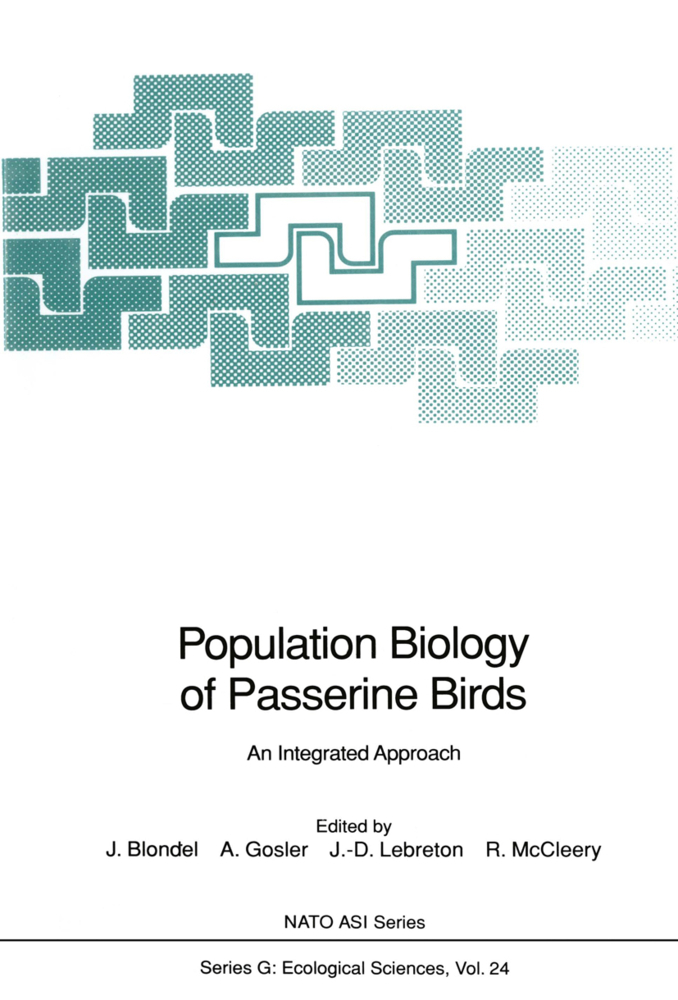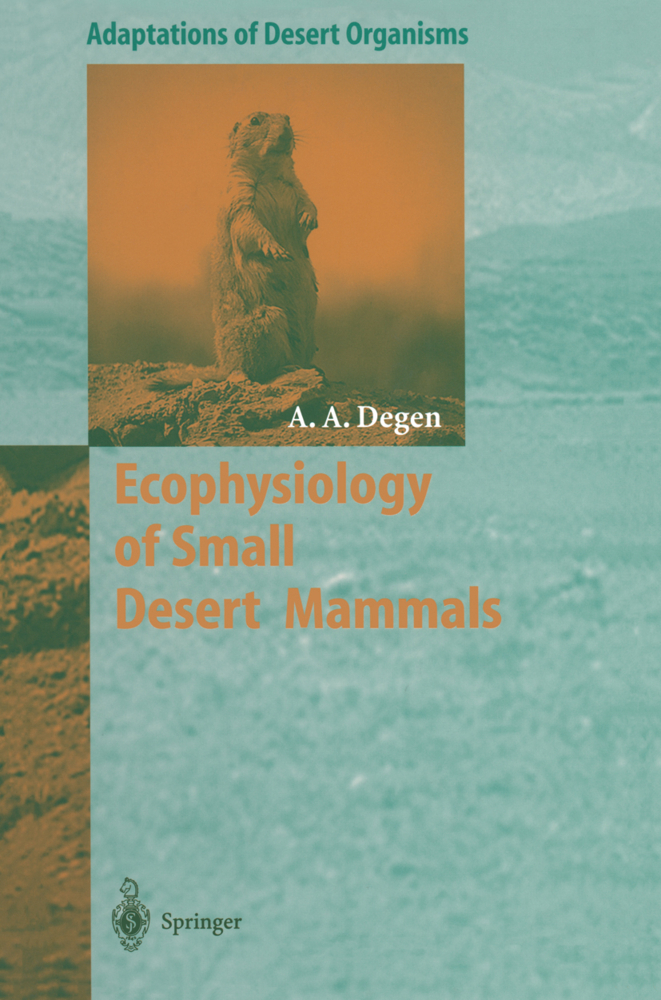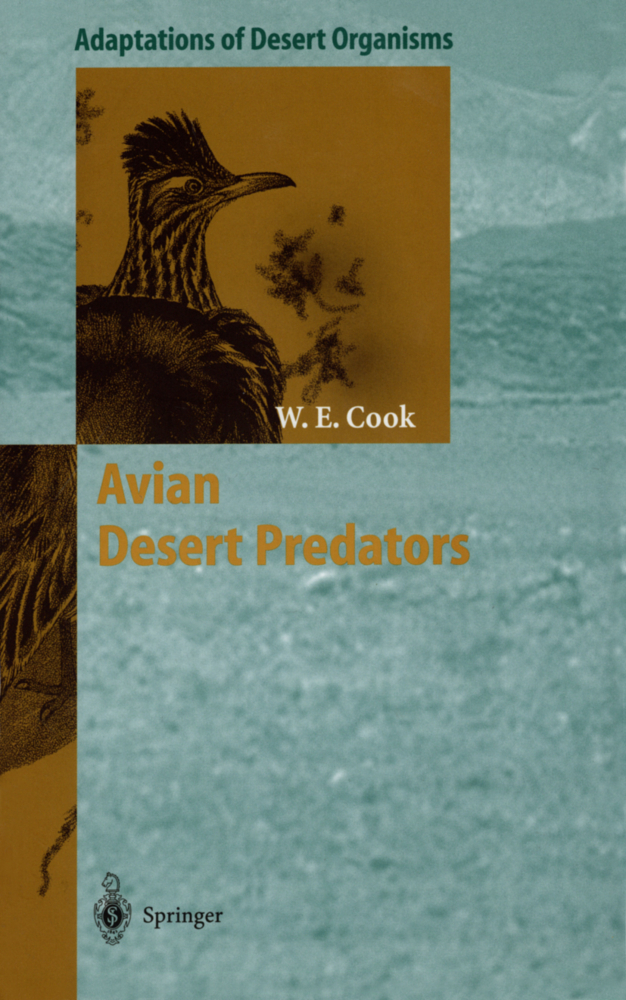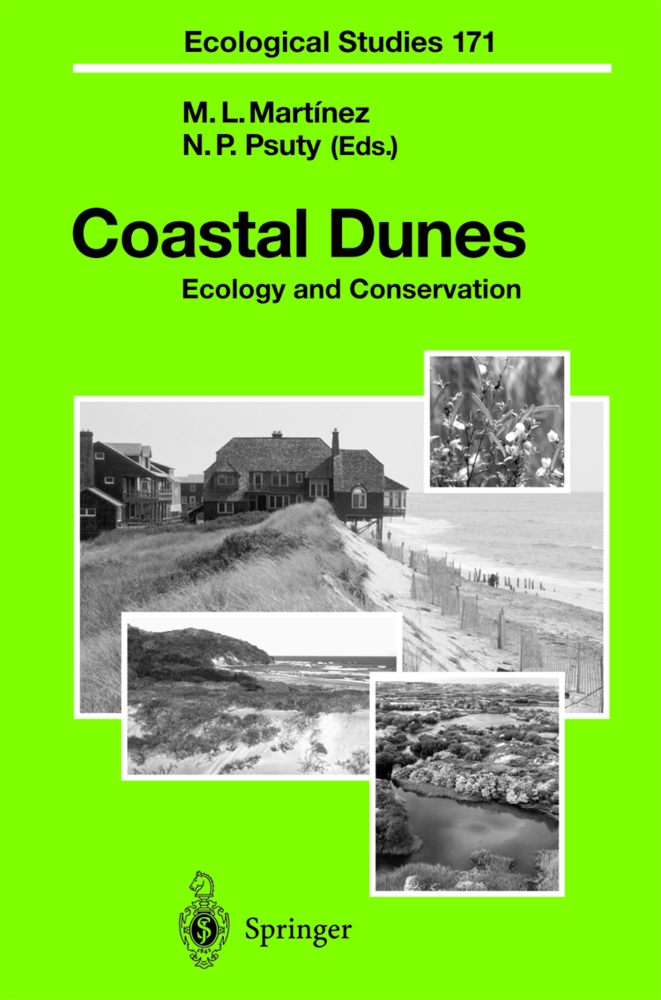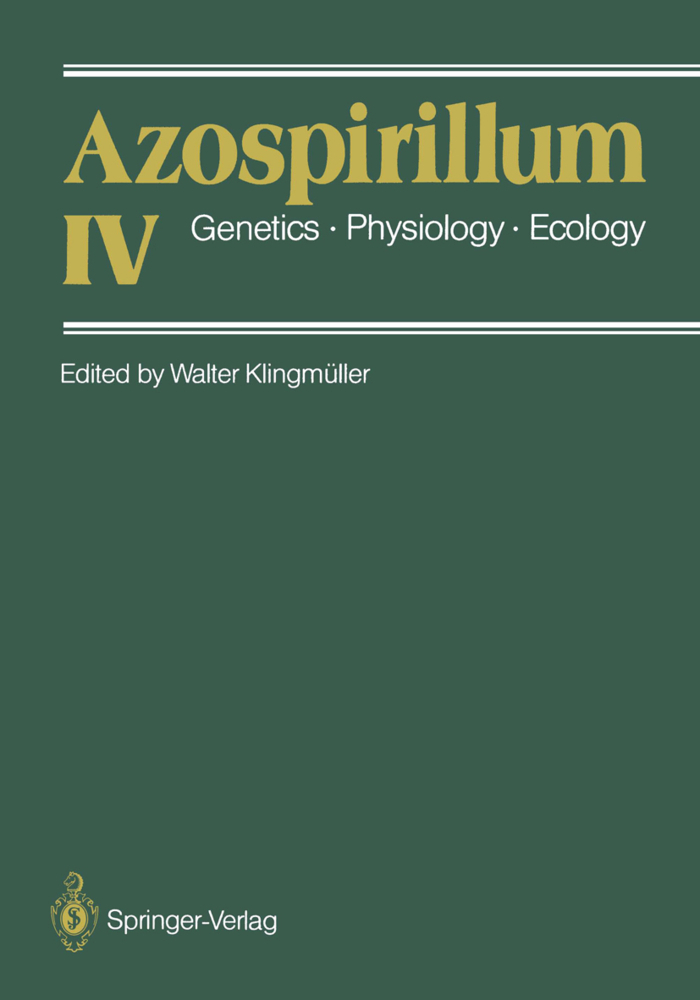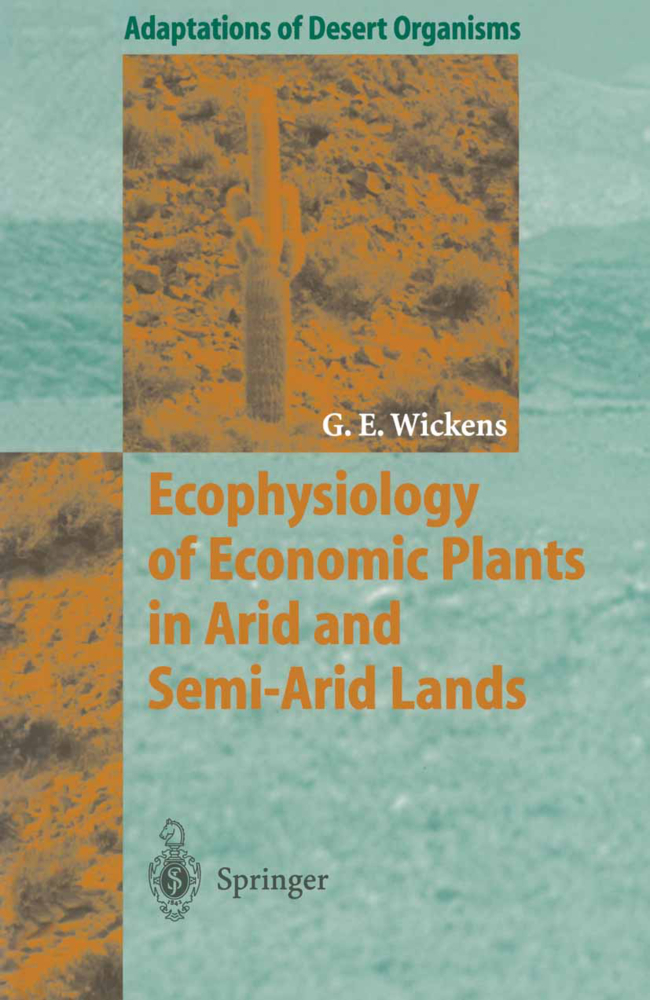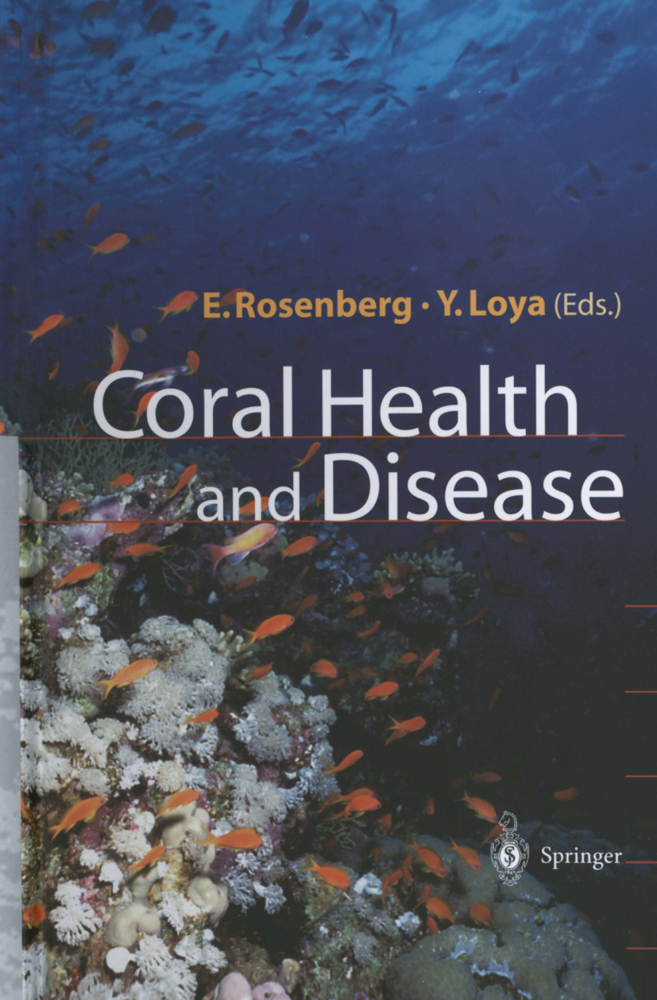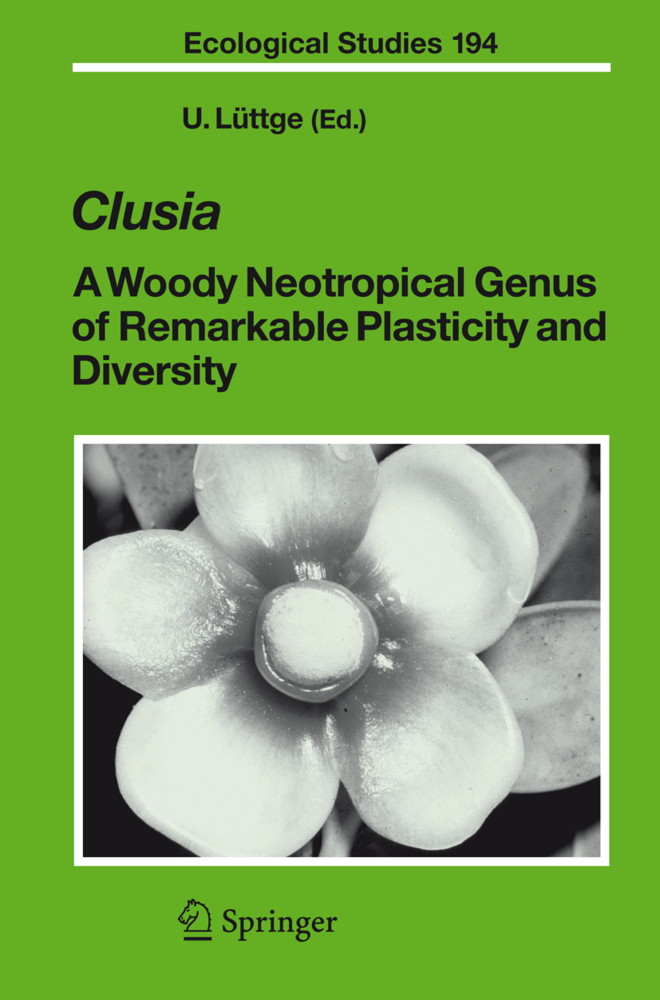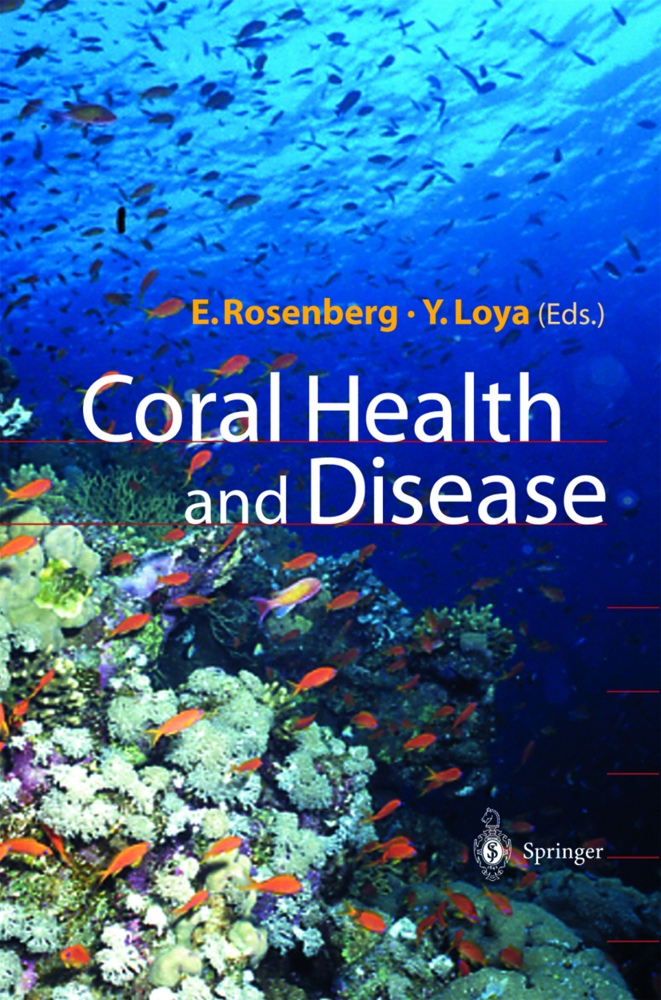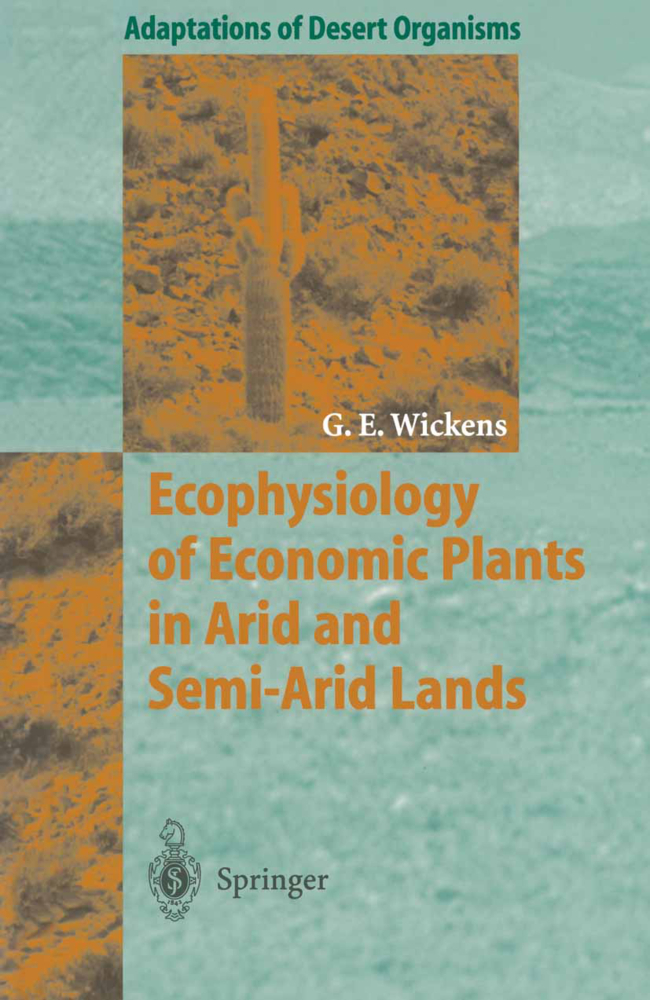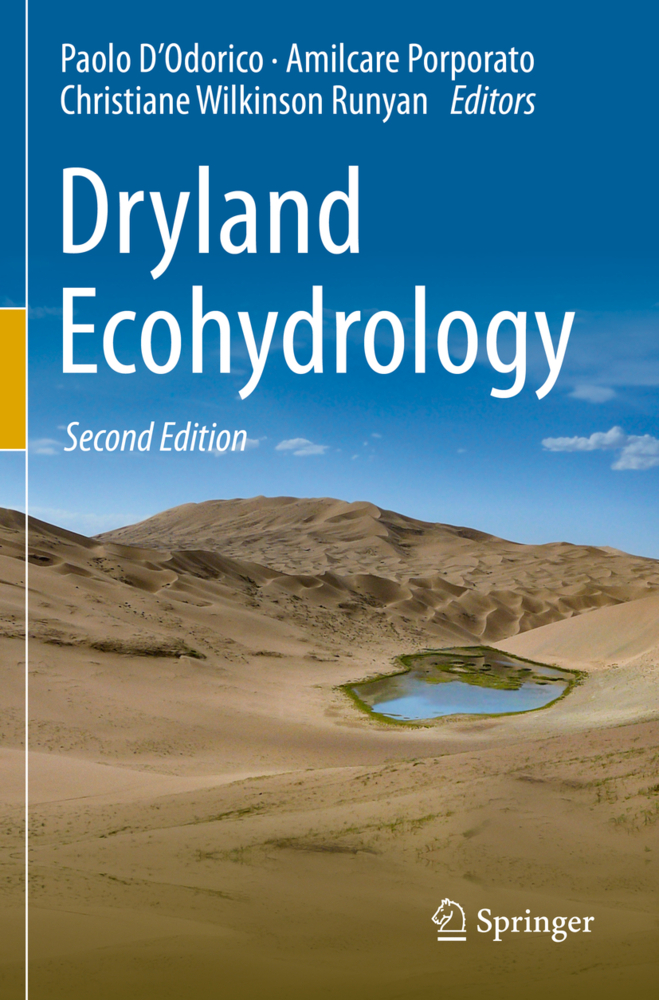Population Biology of Passerine Birds
An Integrated Approach
Population Biology of Passerine Birds
An Integrated Approach
Population Biology of Passerine Birds is an up-to-date synthesis of the most recent developments in its field, especially in the framework of modern life history theories. Major topics include quantitative genetics, ecological physiology, the study of social structures using individually marked birds in the wild, and finally biometry, which allows to quantify such important parameters as survival at different stages of life and to create a model of the overall demography of the populations.
Reproductive Biology and Population Regulation
Comparative reproductive biology of four Blue Tit populations in the Netherlands
Population dynamics and regulation of a high density Blue Tit population
Breeding patterns of the Coal Tit Parus ater and the Great Tit Parus major in Pine stands in Portugal
Long-term study of a northern population of the Blue Tit Parus caeruleus
Breeding time and breeding performance of the Blue Tit (Parus caeruleus) in two Mediterranean habitats
Modelling density dependence, environmental variability and demographic stochasticity from population counts: an example using Wytham wood Great Tits
Variable cone crops, migration, and dynamics of a population of Mountain Chickadees (Parus gambeli)
The timing of breeding and clutch size of Blue Tits (Parus caeruleus) in two montane habitats in Algeria
Factors affecting clutch-size in Great and Blue Tits
Is adult survival of the Blue Tit higher in a low fecundity insular population than in a high fecundity mainland one
Two Mediterranean Blue Tit populations: are differences in the timing of breeding associated with caterpillar availability
Variation in morphology, laying date and clutch size between non-Mediterranean and Mediterranean Blue Tits
Between-Individual Variation within Populations
The variable niche hypothesis revisited. An analysis of intra- and interspecific differences in bill variation in Parus
Temporal and spatial variation in food availability and its effects on fledgling size in the Great Tit
On the effects of small scale variation in temperature and food availability on laying date and egg size in Great Tits (Parus major)
The estimation of local immature survival rate and of age-specific proportions of breeders in bird populations
The effects of forest damage on caterpillars and their effect on the breeding biology of the Great Tit, an overview
Genetic parasitism in the European Starling
Costs and Benefits of Reproduction
Life-history trade-offs and optimal clutch size in relation to age in the Collared Flycatcher
Egg size investments of tits; does number conflict with size
Manipulation of the brood size of Pied Flycatchers
Fitness effects of parasites on passerine birds: A review
The cost of reproduction in birds: Evaluating the evidence from manipulative and non-manipulative studies
Effects of brood size manipulations on adult and juvenile survival and future fecundity in the Willow Tit Parus montanus
Costs and benefits of reproduction of the Collared Flycatcher, Ficedula albicollis
Behavioural Aspects of Reproduction
Polygyny and breeding success of Pied Flycatchers nesting in natural cavities
Polygyny and nest predation in the Rock Pipit. Do females trade male assistance against safety
Incubation patterns of Blue Tits (Parus caeruleus)
Helping at the nest in European Bee-eaters: who helps and why
What determines the timing and order of nest-leaving in the Marsh Tit Parus palustris
Tactics and counter-tactics of sexually selected infanticide in Tree Swallows
Brood defence in Great Tit (Parus major) pairs and the concorde fallacy
Recruitment, Floaters, Immigrants
Social organization of winter flocks of Willow Tits Parus montanus in a Norwegian subalpine birch forest
Winter floaters in Willow Tits Parus montanus - a matter of choice or making the best of a bad situation
Differences in recruitment of young by immigrant and resident Great Tits in Wytham wood
Return rates of male PiedFlycatchers: an experimental study manipulating breeding success
Winter replacement rates of high-ranked Chickadees vary with floater density
How does translocation affect the subsequent distribution of breeding pairs in a population of Pied Flycatchers (Ficedula hypoleuca)
Conclusions
Concluding remarks: Dispersal and gene flow
Concluding remarks: Understanding populations.
Presidential Address
The breeding time of the Pied Flycatcher Ficedula hypoleucaReproductive Biology and Population Regulation
Comparative reproductive biology of four Blue Tit populations in the Netherlands
Population dynamics and regulation of a high density Blue Tit population
Breeding patterns of the Coal Tit Parus ater and the Great Tit Parus major in Pine stands in Portugal
Long-term study of a northern population of the Blue Tit Parus caeruleus
Breeding time and breeding performance of the Blue Tit (Parus caeruleus) in two Mediterranean habitats
Modelling density dependence, environmental variability and demographic stochasticity from population counts: an example using Wytham wood Great Tits
Variable cone crops, migration, and dynamics of a population of Mountain Chickadees (Parus gambeli)
The timing of breeding and clutch size of Blue Tits (Parus caeruleus) in two montane habitats in Algeria
Factors affecting clutch-size in Great and Blue Tits
Is adult survival of the Blue Tit higher in a low fecundity insular population than in a high fecundity mainland one
Two Mediterranean Blue Tit populations: are differences in the timing of breeding associated with caterpillar availability
Variation in morphology, laying date and clutch size between non-Mediterranean and Mediterranean Blue Tits
Between-Individual Variation within Populations
The variable niche hypothesis revisited. An analysis of intra- and interspecific differences in bill variation in Parus
Temporal and spatial variation in food availability and its effects on fledgling size in the Great Tit
On the effects of small scale variation in temperature and food availability on laying date and egg size in Great Tits (Parus major)
The estimation of local immature survival rate and of age-specific proportions of breeders in bird populations
The effects of forest damage on caterpillars and their effect on the breeding biology of the Great Tit, an overview
Genetic parasitism in the European Starling
Costs and Benefits of Reproduction
Life-history trade-offs and optimal clutch size in relation to age in the Collared Flycatcher
Egg size investments of tits; does number conflict with size
Manipulation of the brood size of Pied Flycatchers
Fitness effects of parasites on passerine birds: A review
The cost of reproduction in birds: Evaluating the evidence from manipulative and non-manipulative studies
Effects of brood size manipulations on adult and juvenile survival and future fecundity in the Willow Tit Parus montanus
Costs and benefits of reproduction of the Collared Flycatcher, Ficedula albicollis
Behavioural Aspects of Reproduction
Polygyny and breeding success of Pied Flycatchers nesting in natural cavities
Polygyny and nest predation in the Rock Pipit. Do females trade male assistance against safety
Incubation patterns of Blue Tits (Parus caeruleus)
Helping at the nest in European Bee-eaters: who helps and why
What determines the timing and order of nest-leaving in the Marsh Tit Parus palustris
Tactics and counter-tactics of sexually selected infanticide in Tree Swallows
Brood defence in Great Tit (Parus major) pairs and the concorde fallacy
Recruitment, Floaters, Immigrants
Social organization of winter flocks of Willow Tits Parus montanus in a Norwegian subalpine birch forest
Winter floaters in Willow Tits Parus montanus - a matter of choice or making the best of a bad situation
Differences in recruitment of young by immigrant and resident Great Tits in Wytham wood
Return rates of male PiedFlycatchers: an experimental study manipulating breeding success
Winter replacement rates of high-ranked Chickadees vary with floater density
How does translocation affect the subsequent distribution of breeding pairs in a population of Pied Flycatchers (Ficedula hypoleuca)
Conclusions
Concluding remarks: Dispersal and gene flow
Concluding remarks: Understanding populations.
Blondel, Jacques
Gosler, Andrew
Lebreton, Jean-Dominique
McCleery, Robin
| ISBN | 978-3-540-51759-7 |
|---|---|
| Artikelnummer | 9783540517597 |
| Medientyp | Buch |
| Copyrightjahr | 1991 |
| Verlag | Springer, Berlin |
| Umfang | XVII, 496 Seiten |
| Abbildungen | XVII, 496 p. 28 illus. |
| Sprache | Englisch |

